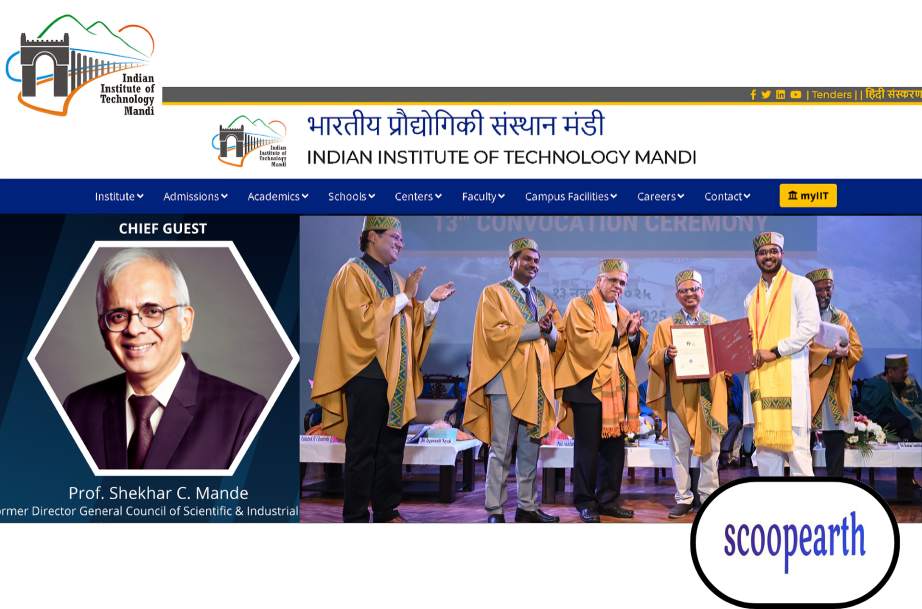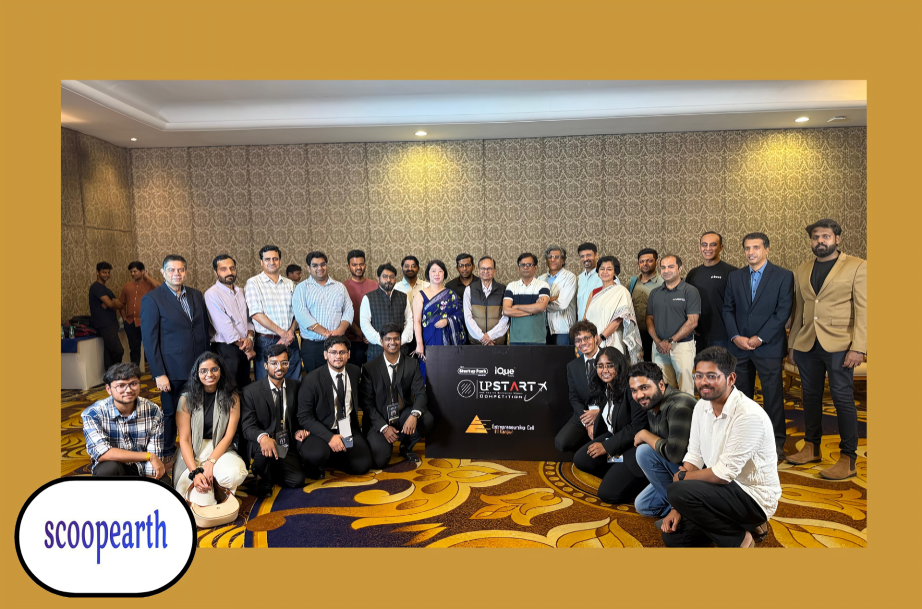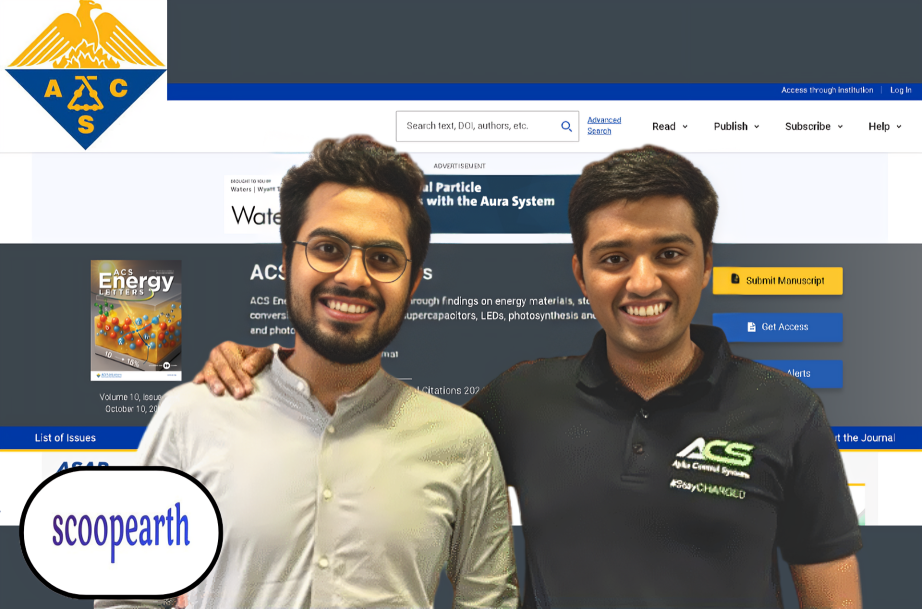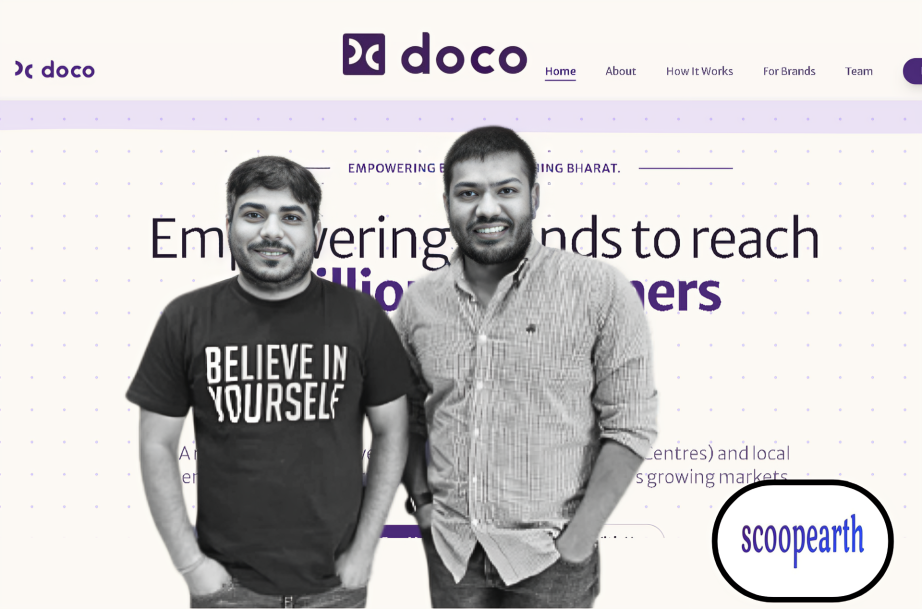Porter Case Study: How a Logistics Startup Became a Market Leader in India
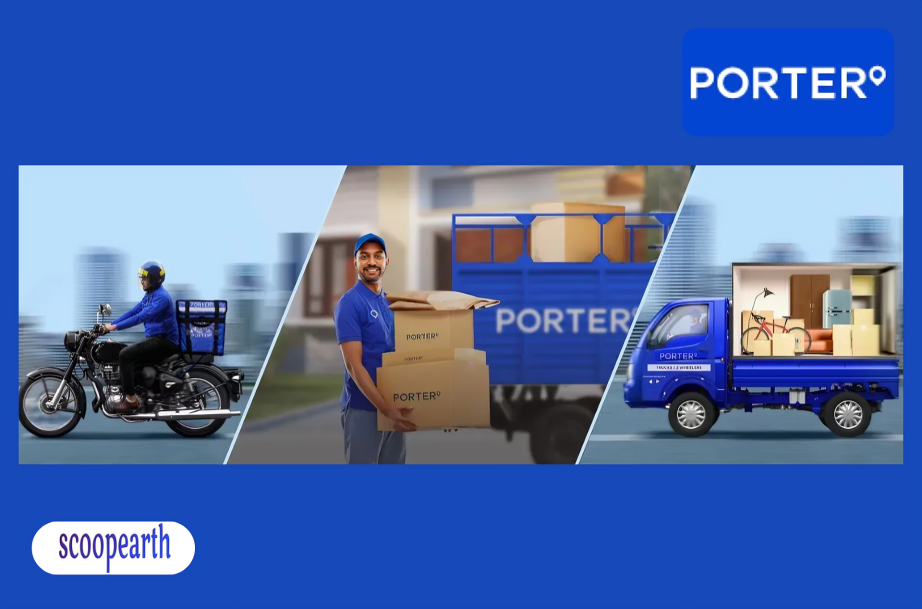
SUMMARY
Introduction:
People used to spend hours waiting for trucks while paying high fees just to get their stuff delivered. This is where Porter comes in. This homegrown startup has revolutionized the logistics industry in India by transforming how we transport goods. Porter was launched in 2014 as a simple app to book trucks on demand.
The startup aimed to make goods transportation easy and affordable using technology. Porter is now a giant in India’s logistics world, worth over a billion dollars, and helps millions of people and businesses every day. This case study explores how Porter grew from a small idea to a big logistics firm.
The journey of Porter
Porter’s story begins on the crowded streets in Mumbai. Its journey shows how smart tech and hard work can help to solve some real-world problems in the industry. Porter stepped in with its technology to make things faster, cheaper, and more reliable. Today, with more than 7.5 lakh driver partners and operations in 23 cities, it now delivers everything from small parcels to full truckloads. Let’s see where it all started and who was the brain behind this startup.
Porter’s journey started from the crowded streets of Mumbai. Calling a truck took hours, and it cost too much; this was the problem that inspired Porter. The company was founded by the three IITians, Pranav Goel, Uttam Digga, and Vikas Choudhary, who saw this gap in the market. They had worked in tech and logistics before, so they had experience in the logistics industry. Back then, small shops and families struggled to find reliable trucks or bikes for quick deliveries.
Launch of the application
In 2014, Porter launched its app as an on-demand platform, inspired by ride-hailing apps. The online platform connects people who need transport with drivers. The application allows users to book vehicles while picking the size they need, like a small tempo or a big truck, with just a few taps on their phone.
Porter started with a focus on intra-city logistics by moving things within one city. They began by offering their services in Mumbai and quickly expanded to Delhi and Bengaluru. Last-mile delivery with busy streets and traffic can be hectic. But Porter tackled this by using GPS to find the best possible route.
The company started with just a few drivers, but with customer satisfaction, they scaled quickly. In its first year, Porter handled thousands of deliveries while solving the time and cost-related problems.
Early challenges
Building a business in logistics isn’t easy. Porter faced many hurdles from its early days. One big issue was how to build trust and make sure that drivers show up on time and deliver safely. To solve this problem, Porter built a system to check drivers’ backgrounds and rate them based on user feedback. This helped create a reliable network.
Another challenge was the high costs. Logistics needs trucks, fuel, and technology, which are too expensive. Porter didn’t have much cash at first, so they looked for investors and got their first funding from Kae Capital, a venture capital firm, in 2015. This money helped build the app and hire drivers.
The competition was also fierce; the market was already full of big players like Rivigo and BlackBuck. The traditional delivery truck owners didn’t like the new app-based way. While facing competition from the market, COVID-19 pandemic made things even harder. Lockdowns stopped movement, and Porter’s rides dropped. They had to shut down new services and lay off some staff.
They overcame this time by switching to helping with essential deliveries, like medical supplies and groceries. After the pandemic, online shopping rose, and demand for Porter’s services increased, helping Porter to scale quickly. Regulations were another pain; India has strict rules on transport, so they had to go through a lot of paperwork and partnerships to stay legal. These early struggles helped the company to learn and grow.
Strategies that made Porter stand out
Porter was able to succeed because of its smart strategies and innovations. Their app was not just using technology like artificial intelligence for booking vehicles, but also to predict demand in the surrounding areas. Users were able to see exactly where their vehicle is through real-time tracking. This reduced worries about delays or theft. Another thing that sets them apart is their focus on the “unorganized” sector.
In India, most logistics is done by small, local operators without technology or systems. Porter connected these drivers to a big network, giving them steady jobs and fair pay. Drivers could earn more, picking jobs via the app while deciding when to work. The company created “Porter Cares,” a free delivery service for frontline workers during the pandemic, proving they cared about more than just profit.
How does it impact the Indian logistics market?
Porter contributed a lot to India’s 200 billion USD logistics market by making more organized and efficient delivery solutions. The sector was 90 percent unorganized, leading to delays and high costs. However, Porter used technology to lower prices for users and create lakhs of jobs for drivers. The company fastened and cut the cost of delivering products, boosting e-commerce and local commerce.
Porter backed India’s National Logistics Policy, which sought to reduce expenses to 8% of GDP. The startup reduced carbon emissions by using smart routes and electric vehicles, helping the environment. Porter’s vision was clear: “Move a billion dreams, one delivery at a time.”
They aimed to connect everyday people and small businesses with over 500,000 driver-partners, making life simpler. In just a few years, Porter expanded to serve millions of customers in over 20 cities. Their earnings skyrocketed and they became a unicorn in 2025 with a valuation of over 1 billion USD.
The future and road ahead:
Porter has plans to go international and offer its services in other Asian countries. The company will be pushing its focus towards using more electric fleets. Porter also aims to enter Tier 2 and 3 cities, where demand is booming but services are scarce. The logistics firm will use AI for predictive deliveries and drones for deliveries in hard-to-reach areas.
Porter’s lean operations and data-driven approach will help to solve the fuel prices and similar problems. The company is seeking an IPO. With a little government help and smart growth, Porter could be leading the way to a smarter, more sustainable future.
Conclusion:
The journey of Porter, which started as a simple thought in Mumbai eleven years ago, has become the market leader, valued at $1.2 billion. The story highlights the significance of innovation, smart growth strategy, and bold moves. Porter motivates entrepreneurs while proving that even a startup, with the right direction and motivation, can transform an entire industry.
Their influence has changed the profile of the logistics company in ways that have made it more affordable, quicker, and greener, while contributing to economic growth. The article mentioned the journey of Porter from a small idea to a market leader.
FAQs:
What is Porter?
A tech-driven platform that helps people and businesses book trucks and vans for quick, within-city deliveries.
Who started Porter and when?
Porter was started by a small team of entrepreneurs to solve messy city logistics with an app-based service. The firm was co-founded by Pranav Goel, Uttam Digga, and Vikas Choudhary.
What problem did Porter solve?
It made finding and booking local freight fast, transparent, and reliable — no more calling many vendors or waiting for days.
How does Porter’s service work in simple terms?
Customers choose a vehicle and time on the app, a nearby driver accepts the job, goods are picked up, tracked and delivered — all paid digitally.
Who uses Porter’s service?
Small shops, online sellers, office managers and anyone who needs to move goods inside a city quickly and affordably.
How did Porter grow so fast?
By focusing on city-level deliveries, building driver-friendly tools, improving operations, and expanding carefully to new cities.
How does Porter keep drivers and customers happy?
It offers steady job leads, easier digital payments and tools for drivers, plus upfront pricing and tracking for customers.
What made Porter stand out from rivals?
A tight focus on intra-city logistics, practical tech that reduces delays, and strong relationships with local drivers and small businesses.
What challenges did Porter face?
Different city rules, heavy local competition, and the constant need to balance fair driver pay with affordable customer prices.
What can other startups learn from Porter?
Pick a concrete daily problem, serve both sides of a marketplace well, measure unit economics, and scale step-by-step.
Note: We at scoopearth take our ethics very seriously. More information about it can be found here.


